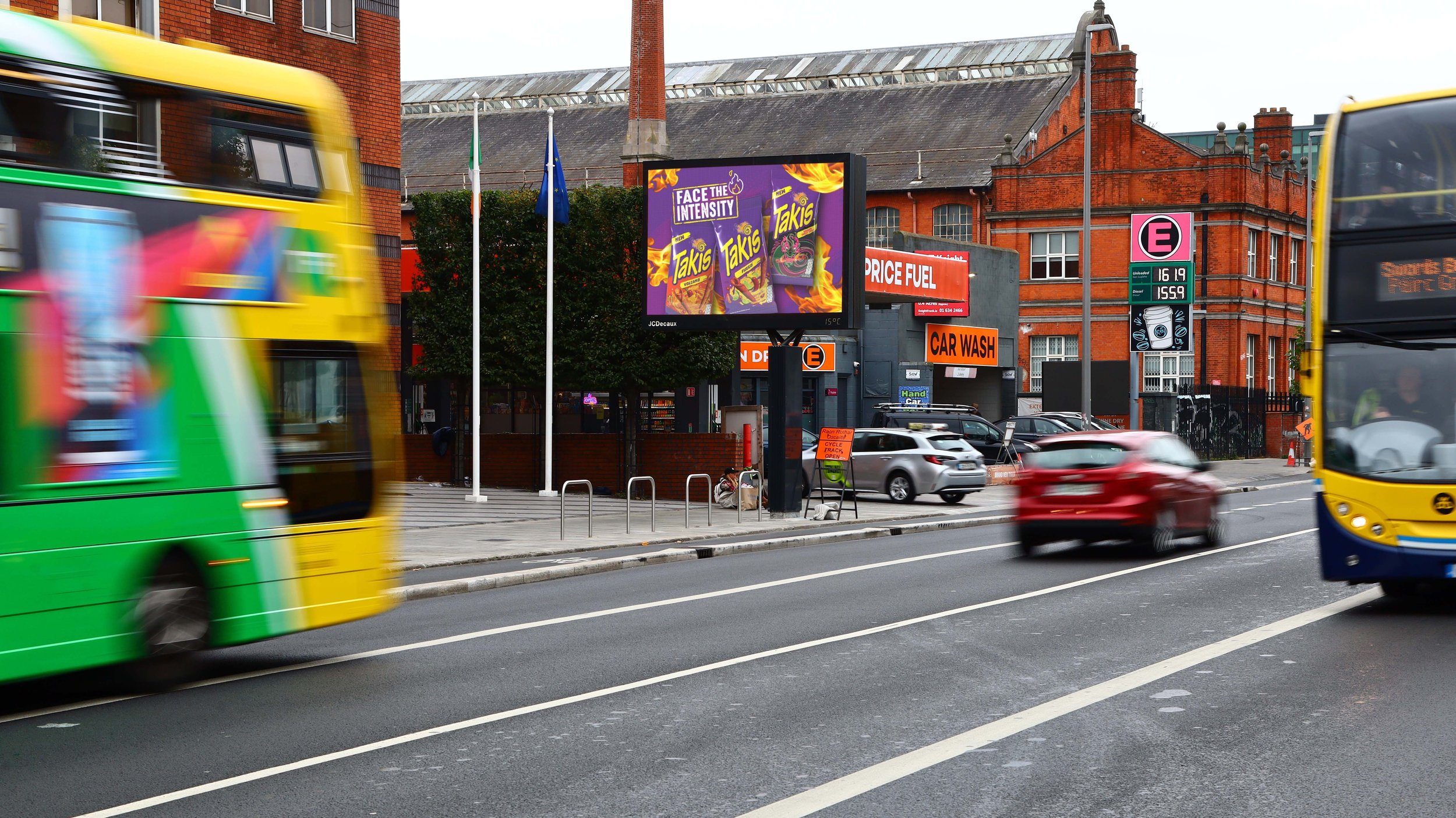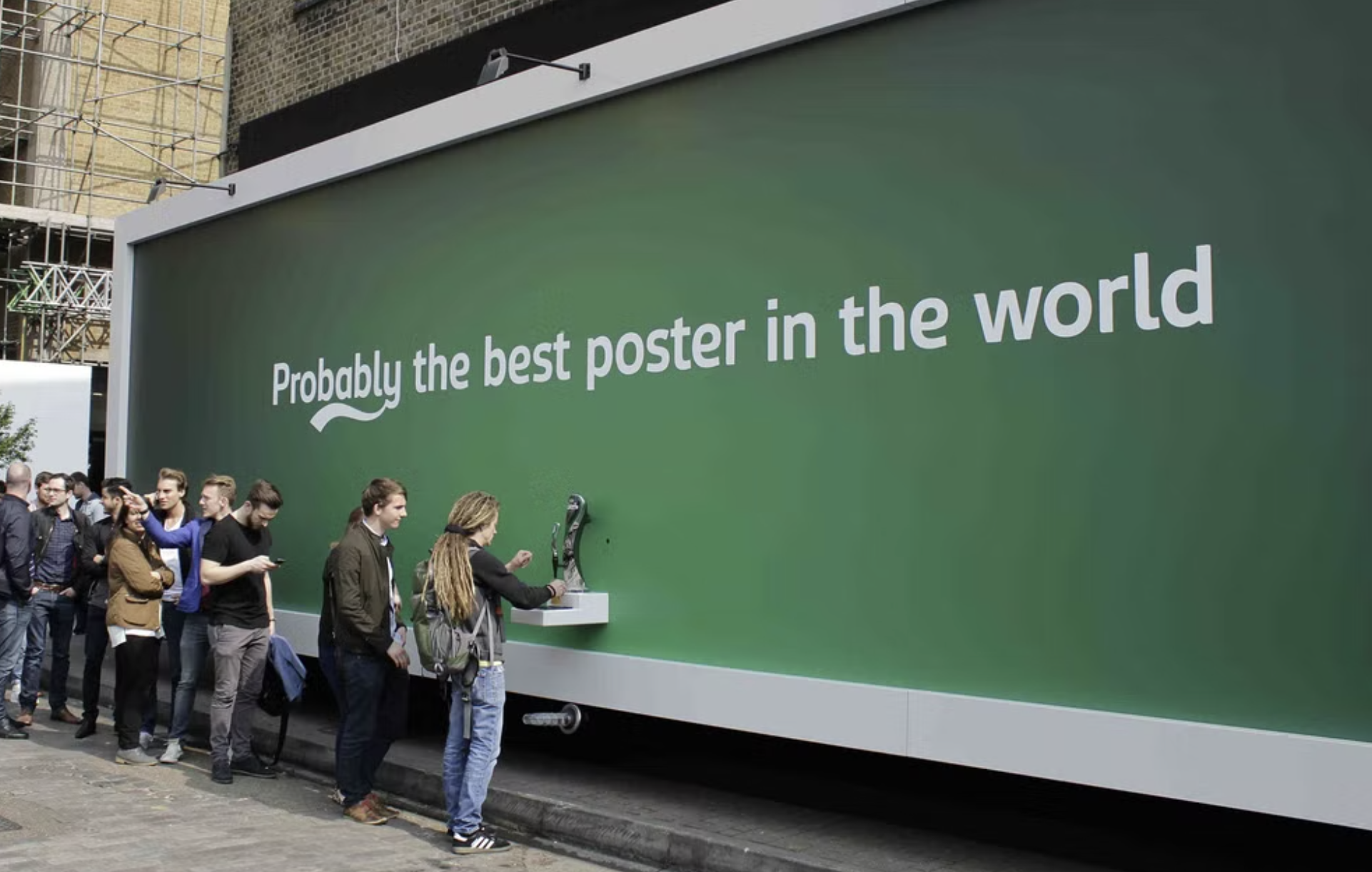How to measure Out of Home Advertising: the truth.
Key Takeaways
Out‑of‑home advertising is primarily a brand‑awareness medium; measuring direct response is challenging because it’s impossible to track viewers’ eyes and gimmicks like QR codes rarely provide reliable data.
Practical measurement methods include consumer surveys before and after campaigns to gauge awareness, using Google Trends to see search uplift, analysing website traffic and conversions via analytics tools and employing control groups or specialist research firms for larger campaigns.
OOH campaigns should be evaluated over the long term; only a small percentage of viewers take immediate action, so results depend on the number and quality of billboards and the creative impact.
One of the most asked questions, and most important we must add, when brands plan on doing out-of-home advertising is: how do we measure? And this is exactly what we will explore in this article transparently.
The answer: no but yes.
As one would expect it is simply not possible to track people or consumer’s eyeballs and confidently say that they’ve seen or even read your advert. So both from an impact and measurement perspective is really not possible to quantify exactly. Furthermore, even if we could measure it with some dubious crazy eye-tracking technology, we won’t be able to know if that particular person is interested in your product or service. Or when they may or may not buy it. This is also why out-of-home advertising is mostly for brand awareness or consideration except if your ad is of a recognised brand with promotional characters, or in our lingo, direct response ads. And that answers the “no” part.
Now, yes, you can still understand its effects and have a measure. But maybe not what you expect.
Unless you are giving away free iPads, don’t expect QR Codes to work.
QR Codes? Uh… no. Here are the best methods to measure out-of-home advertising.
A common misconception is that since QR codes are trackable and when placed on billboards can measure that interaction, the truth is… have you ever seen someone stopping in their tracks and pointing a camera at a billboard in the middle of the street? If you answered this with “yes”, then congratulations, you are either Coinbase or you’ve witnessed 1 in 1,000,000. So what are the best methods to measure out-of-home advertising being that billboard advertising, radio advertising, cinema advertising, taxi advertising and so on, or a list of all of them combined as a cross-channel media plan? So, assuming that you are running a brand awareness campaign and no other objective, the best methods are:
Consumer Surveys
An effective way to measure advertising effectiveness is by doing surveys of your target audience before and after the campaign. This allows you to better understand if your target audience saw your adverts and what effect said adverts had on consumers. This can be easily achieved with small sample sizes and cheaply. We always recommend doing this! What do these surveys look like and how do they work? They can be run through ads on social media platforms, display ads or pre-determined groups that actively participate in these surveys. We all at some point answered a question on a YouTube video such as “Have you seen ads from X brand?” That’s a great example of a consumer survey to measure advertising. The nature of the questions varies and usually, they are very short surveys with no more than 3 questions such as the example provided. By comparing the survey results before and after the campaign, a brand can have a clear understanding of its effects.
Google Trends
Another way to measure an advertising campaign's performance is using proxy data. And Google Trends is perhaps the most simple and effective way to accomplish that. It is also free. When people see advertising that interests them, more often than not, they will take action in the form of a Google Search to find your business or product. Google Trends shows that data within a timeline. The more effective your campaign is, both from a planning and advertising perspective, the more people will search for your product or service. Google Search is still the number one place where people go to find information.
Google Analytics & Search Console
In a similar way to Google Trends, Analytics and Search Console provide you with data on how people are finding and interacting with your business. But unlike Google Trends, these tools require experience to make an adequate analysis. It is very easy to find false positives or correlate the data incorrectly. By observing all organic traffic and paid traffic, brand and non-brand keywords and even qualitative metrics such as CTRs and Conversion Rate increases, we can pinpoint with accuracy how an out-of-home campaign impacted your business including revenue if you sell goods or services online.
Control Groups
When things get too complicated or overwhelming, especially when brands have more complex marketing mixes running, sometimes the best option is to just isolate groups. In simple terms, you run a campaign in just one city and compare all the data available, like the aforementioned sources, with a similar-sized city that was not exposed to advertising whilst keeping both groups exposed equally to other marketing. This will allow you to better identify effects across the board by simple comparison.
Advanced Research & POS
For the bigger resources and brands, and to name one, companies like Nielsen provide super detailed research and data about advertising performance. And this is generically speaking, each media will have different advanced platforms for it such as TV Advertising. Nielsen, as an example, can provide you studies and data not only of the audience, and advertising effectiveness but also correlate that with your Point-of-Sale data and more.
Can you measure ROI on outdoor advertising? How many sales will I get?
This is also a very common question and hopefully the above helped answer. There are two important aspects to this.
Out-of-home advertising is for long-term brand recognition So, no, don’t expect short-term ROI. If short-term revenue is your objective, there will be other options such as digital marketing to accomplish that. Think about it. When was the last time you bought a pair of shoes from the one brand you saw a billboard on during your lunch walk to Greggs? But, enough walks to Greggs through the same route and billboard… next time you need shoes you may remember the brand.
It’s a numbers game. Literally. So you decided to buy 5 billboards. Unless these have tens of thousands of people seeing them and your ad is really good, then maybe, you can see and measure some effects. This could be, for example, London Underground Advertising. In this best-case scenario, what ROI can you expect? The math is easy. On average, if 1,000 people see your advert, 0.1-1% may take action. For example, looking for your brand. So this metric easily puts in perspective what it takes to bring X amount of consumers engaging with your brand and how much that may cost.
If you find this article about how to measure out-of-home helpful, please get in touch with our team.












